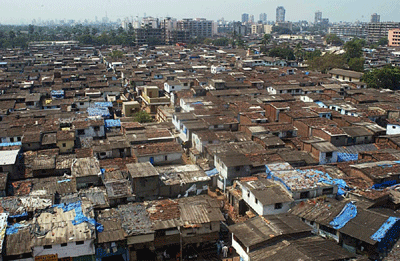 Mumbai, India
Mumbai, India Two thirds of the world's population will be living in the cities in the near future. Deyan Sudjic, director of the Design Museum and architecture critic of the Observer asks some questions on the very issue of 21 st century phenomena.
"The world is changing faster now than ever before. The dispossessed, and the ambitious are flooding into cities swollen out of all recognition. Poor cities are struggling to cope. Rich cities are reconfiguring themselves at breakneck speed. China has created an industrial power house from what were fishing villages in the 1970s. Lagos and Dhaka attract a thousand new arrivals every day. In Britain, central London's population has started to grow again after 50 years of decline.
We have more big cities now than at any time in our history. In 1900, only 16 had a population of one million; now it's more than 400. Not only are there more of them, they are larger than ever. In 1851, London had two million people. It was the largest city in the world by a long way, twice the size of Paris, its nearest rival.
That version of London would seem like a village now. By the official definition, London has getting on for eight million people, but in practical terms, it's a city of 18 million, straggling most of the way from Ipswich to Bournemouth in an unforgiving tide of business parks and designer outlets, gated housing and logistics depots. There might be fields between them, but they are linked in a single transport system and a single economy. Those villages in Suffolk that are close enough to a railway station to deliver you to Liverpool Street in under 90 minutes are effectively as much a part of London as Croydon or Ealing and they have the house prices to prove it. The other big conurbations - from Birmingham to Manchester and Glasgow, names for cities that spread far beyond the bounds of political city limits - can be understood in the same way.
Having invented the modern city, Britain promptly reeled back in horror at what it had done. To William Morris and John Ruskin, or the Salvation Army exploring the cholera-ridden back alleys of London's East End, the city was a hideous tumour sucking the life out of the countryside and creating in its place a vast, polluted landscape of squalor, disease and crime. In their eyes, the city was a place to be feared, controlled and, if possible, eliminated."
 Cairo, Egypt
Cairo, EgyptFull article
No comments:
Post a Comment